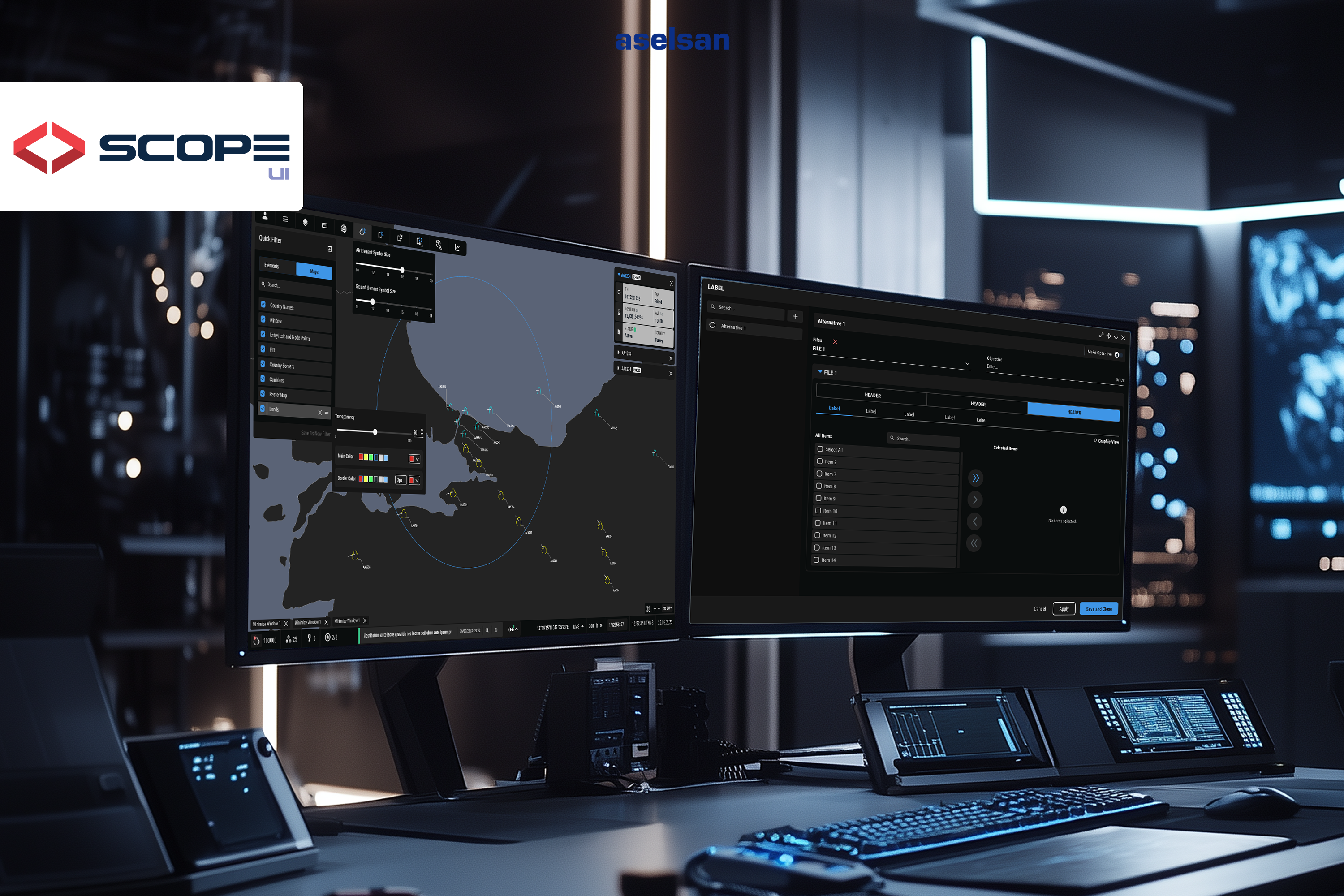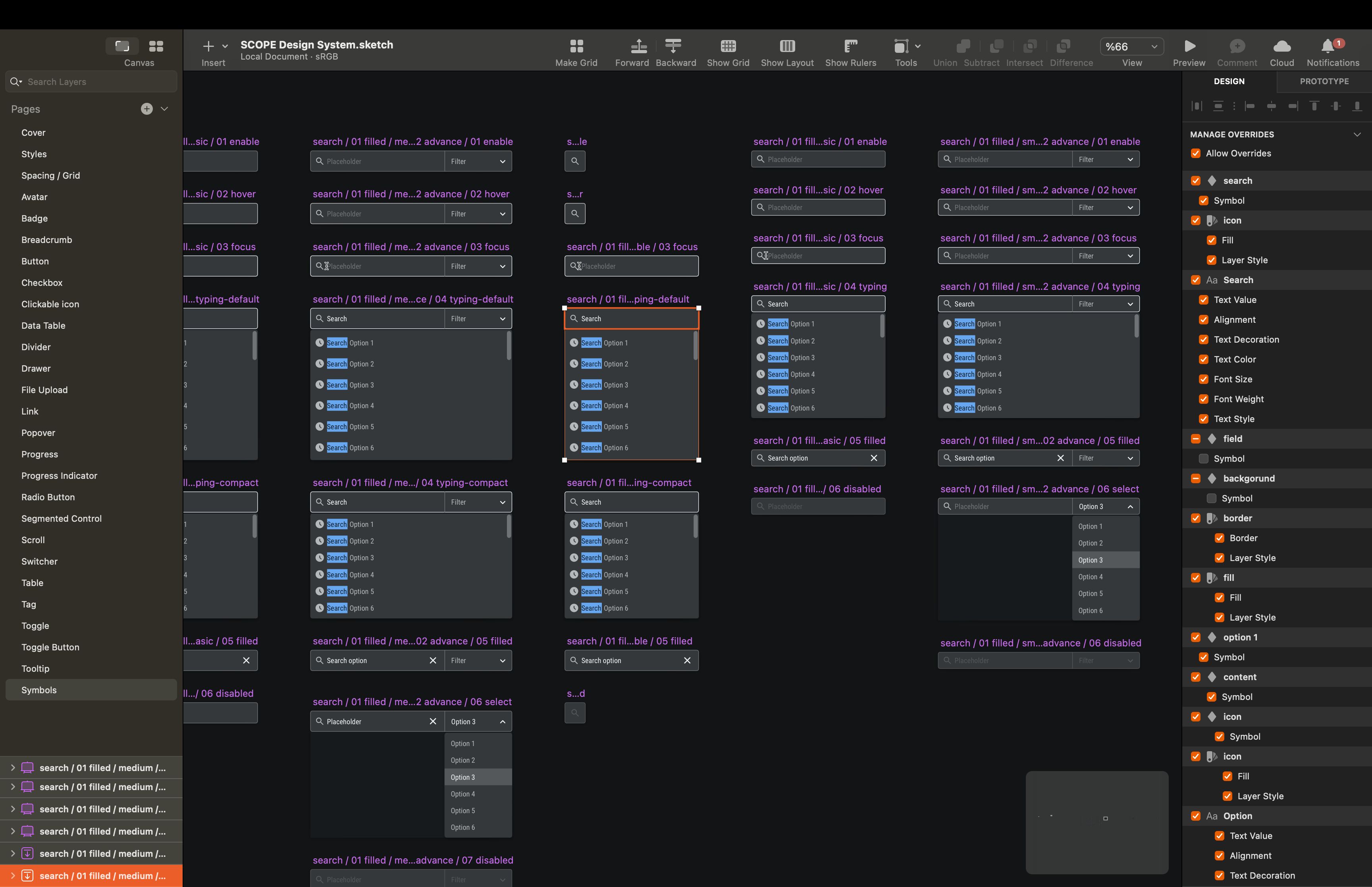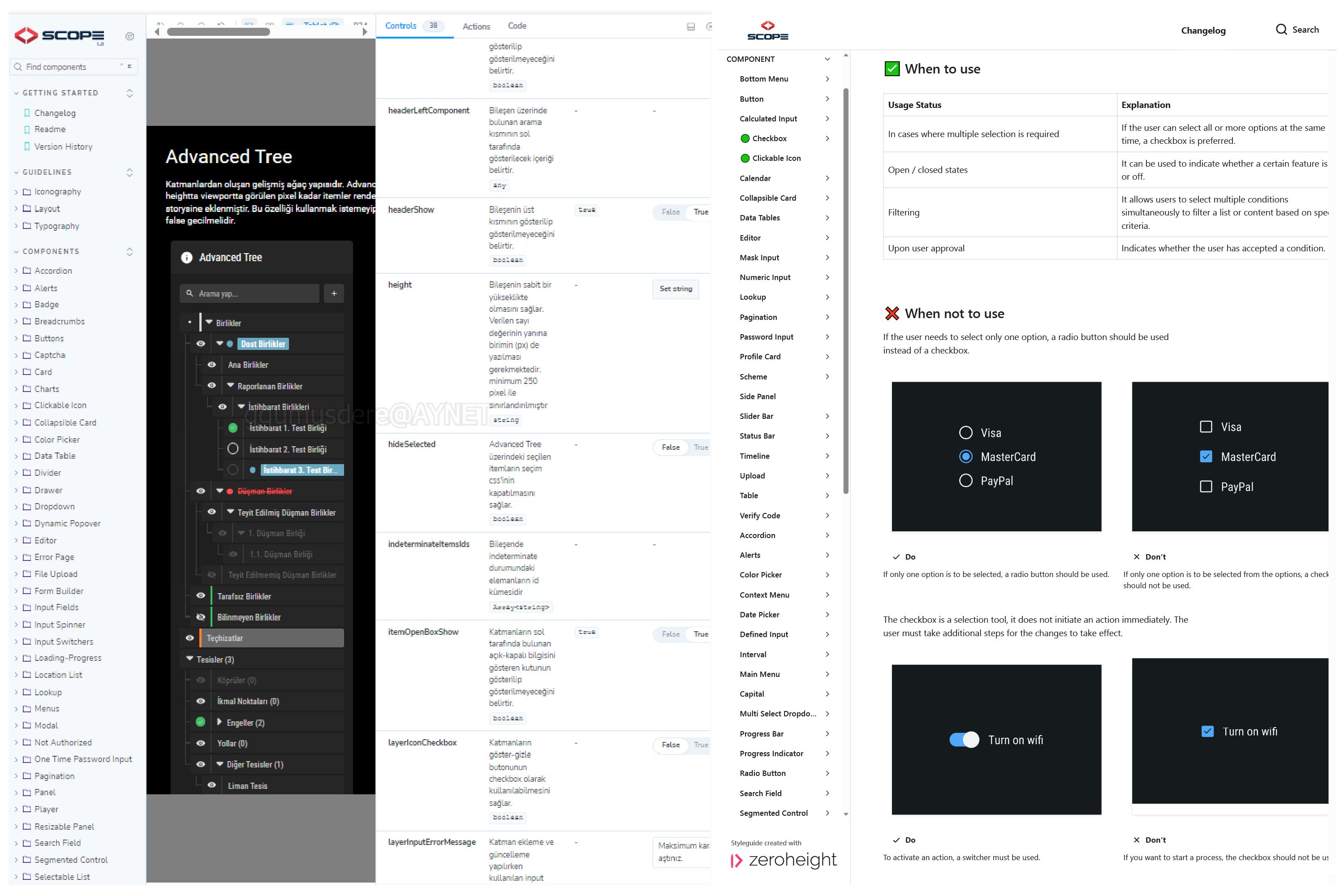
Designers
Gülce Gümüşdere Yavuz, Beyza Karakoyunlu, Nur Altuntaş, Melisa Nur Kart
Year
2025
Category
Product
Country
Turkey
Design Studio / Department
UX/UI Design


Three questions to the project team
What was the particular challenge of the project from a UX point of view?
The project presented several UX challenges. It needed to support diverse user types with varying workflows while maintaining uninterrupted situational awareness in high-focus environments. The design had to reduce visual noise and cognitive load without compromising clarity. Serving multiple domains, it required careful alignment with long-standing operational habits while introducing modern technologies. Additionally, it was structured for scalable adoption across internal teams to ensure consistency without disrupting established processes.
What was your personal highlight in the development process? Was there an aha!-moment, was there a low point?
A key highlight was the integration of pattern-based components into the design library, making them reusable across various projects. This approach reduced development costs and established consistent user flows and interaction habits throughout different products. One of the early challenges was overcoming resistance and concerns rooted in long-standing usage habits. Despite these initial doubts, the rapid adoption of the system by users and their positive response—describing the experience as both familiar and innovative—marked a significant moment. It confirmed that a carefully balanced design strategy could introduce modern practices without disrupting existing workflows, ultimately strengthening both usability and user confidence.
Where do you see yourself and the project in the next five years?
In the next five years, the project is expected to evolve into a mature design system with an expanded set of reusable patterns and deeper integration across teams. This will streamline development workflows and ensure greater consistency. As adoption grows, the system will help establish a recognizable, coherent brand identity across all products. A unified visual and interaction style will emerge, clearly reflecting the organization’s design values. To reach users more effectively, future testing will explore AI-supported methods to analyze cognitive load, attention focus, and task efficiency.


